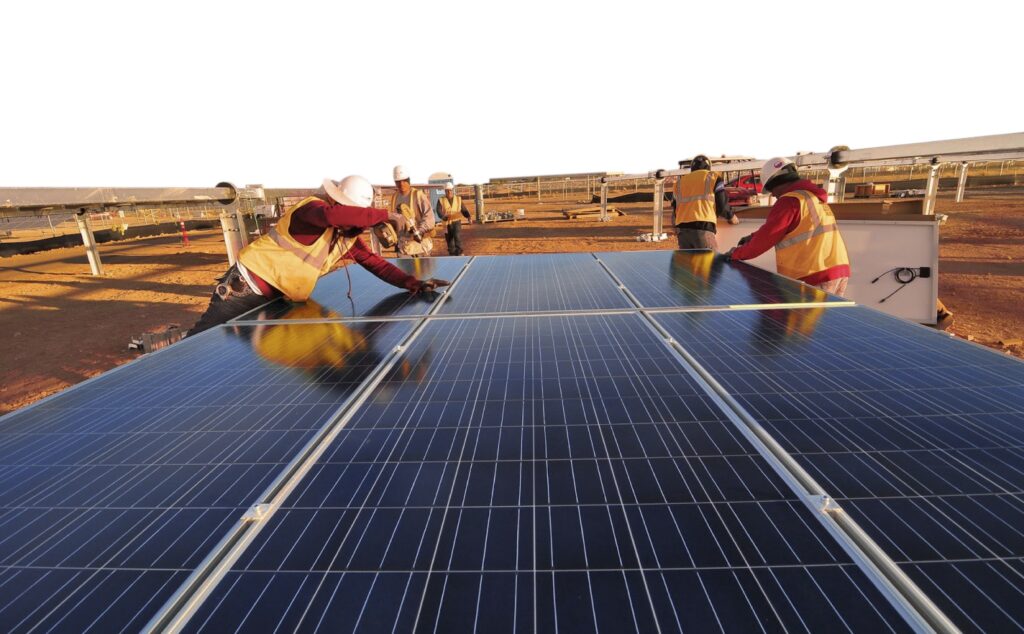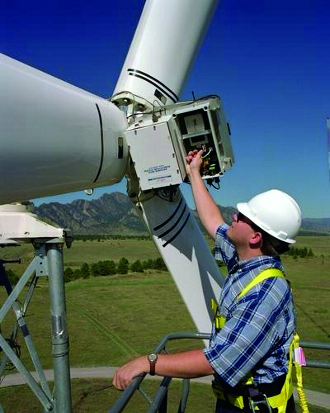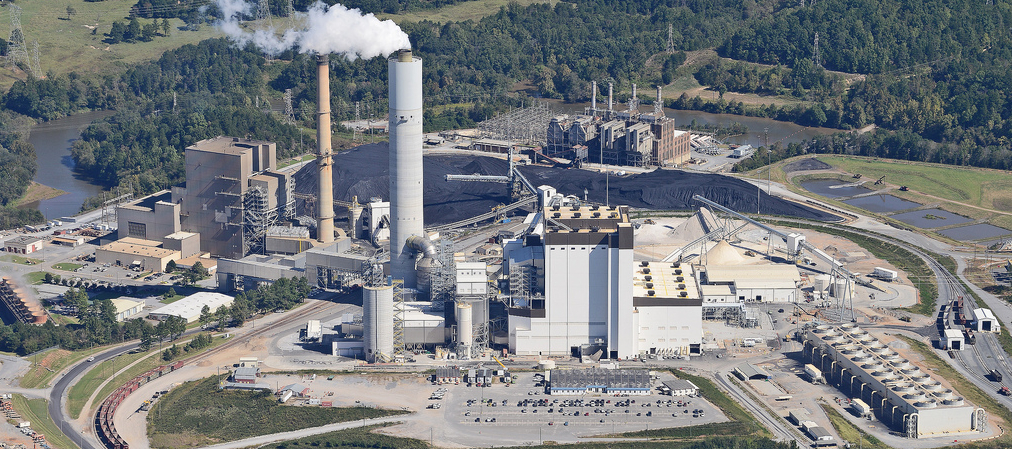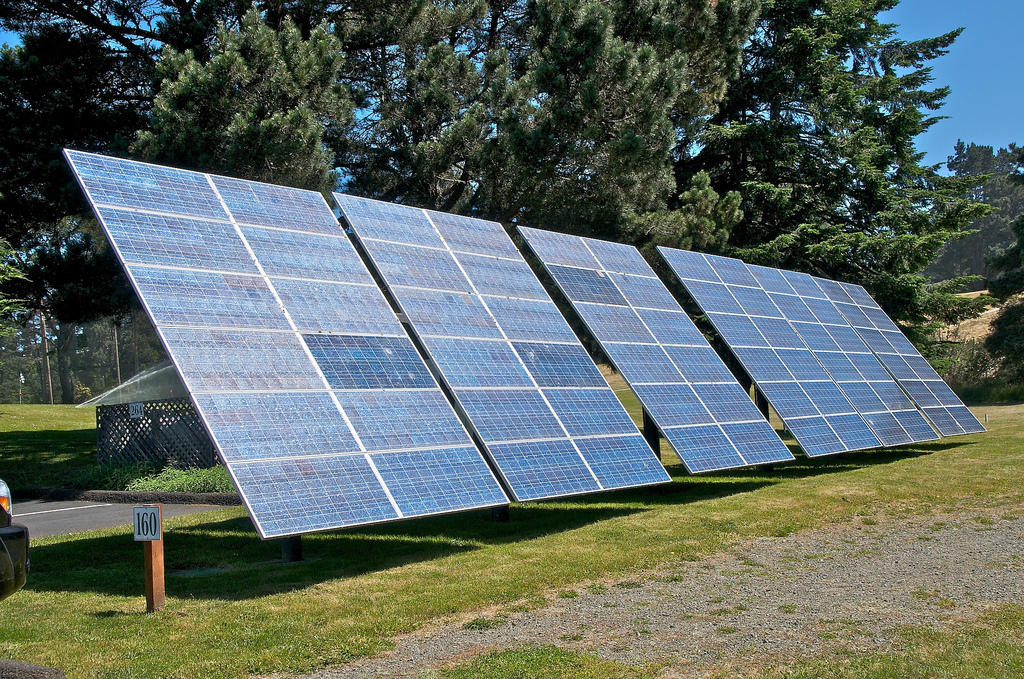The good, the bad, the possibilities: local energy
This is the sixth article in our 8-part series of weekly blog posts called “The Good, the Bad, the Possibilities”. For this series, we are asking local experts three questions to give you a quick overview of recent local trends and solutions with respect to a range of important issues that affect our community’s sustainability. This week’s topic is energy, and our featured experts are Mike Davis, Director of Membership for the NC Sustainable Energy Association, and Joel Olsen, CEO of O2 emc.

Mike Davis is Director of Strategic Partnerships with the NC Sustainable Energy Association (NCSEA). Mike works with NCSEA’s members, partners and funders to build collaborative relationships that help grow clean energy opportunities throughout North Carolina and the Southeast.
Joel is the CEO of O2 emc, a local solar energy company focused on developing and owning large-scale ground-mounted solar power plants in the Southeast United States.

Mike Davis

Joel Olsen
With regard to local energy, over the past few years:
What are 2-3 positive trends or developments?
Mike:
“The growth of NC’s clean energy economy has been very positive. We now have almost 1000 firms working in NC’s clean energy industry, and those firms have created over 34,000 jobs (FTE’s) in our state. In 2017, NC-based clean energy companies generated $6.4B in revenue. Clean energy project development has had a tremendous impact on our communities as well. About $10B was invested in clean energy projects throughout NC between 2007 and 2016. These projects create jobs, contribute to the tax base and usually don’t require additional government services such as new roads or schools. Most of these projects have been in Tier 1 & Tier 2 counties- the most economically disadvantaged counties in our state.”
“Good policy decisions have provided the catalyst for the future adoption of clean energy in NC. For example, HB589 (the “Competitive Energy Solutions for NC” Act) mandates that Duke Energy add 2660 additional MW of renewable energy resources to our grid over the next 45 months. The law also includes requirements for a solar rebate program, solar leasing, community solar and a study of the benefits of energy storage for NC. These present tremendous opportunities to advance clean energy in our state and embrace new technologies that will make better use of our energy resources.”
Joel:
“More than $10 Billion has been invested in the NC economy related to clean energy over the past 8 years.”
“Our state has developed expertise across the supply chain and workforce competence which makes NC one of the best places to locate a clean energy business. NC has the second largest amount of Solar installed in the US with close to 5% of the state’s electricity now being generated by Solar.”
“Clean energy is has become the least expensive form of energy generation during daylight hours.”

What are 2-3 negative trends or developments?
Mike:
“Energy poverty continues to be a huge issue in our state. Low-income households pay proportionally more than the average household for energy costs. Charlotte’s energy burden for low income households ranges from 5% to around 15% of income compared to a 3.5 % average burden for all families in our city. On average, residents below 50% of the poverty level in North Carolina spend 59% of their income on household energy. With 1 in 5 North Carolinians living in low income households, energy poverty in our state threatens the well-being of our entire community.”
“Misinformation threatens to roll back the great progress we’ve made toward a cleaner energy future for NC. While HB589 contained a number of positive steps forward for NC, it also contained a moratorium on permits for the development of wind projects in NC through 2018. Some counties in NC have imposed moratoriums on solar development based largely on myths and misunderstandings about the impact of clean energy.”
Joel:
“There has been a clear shift of support in the new administration away from less expensive clean energy and energy efficiency. The Trump administration is advocating for the subsidization of coal and freezing the implementation of minimum gas mileage standards for cars and trucks. In addition, Utilities are trying to change federal and state regulations and add technical screens in an effort to limit the participation of independent power producers in the market.”

What solutions would help reverse the negative trends/developments?
Mike:
“Clean energy resources such as energy efficiency can have a huge impact on the cost of electricity. But there’s a tremendous need to educate all sectors of our community on the impact of energy efficiency and other clean energy solutions in our homes and businesses. Our utilities need to make a stronger commitment to creating energy efficiency programs that help low income households in our state reduce their energy burden.”
“To reverse [the misinformation] trend, we need to make sure our decision makers are educated about the true value of clean energy. This means more local engagement at a grassroots level, and community coalition building that leads to understanding and consensus about our shared energy future.”
Joel:
“Let your utility know you want your power supplied by solar and other low cost clean energy sources. Let your legislators know you prefer clean energy. Contact the Public Staff at the State Utilities Commission to let them know you want your power to come from lower cost clean energy generation.”
“We have an election coming up in November. Register to vote and vote for politicians that support lower cost, clean energy.”

Check back next week for more interviews with sustainability experts!
